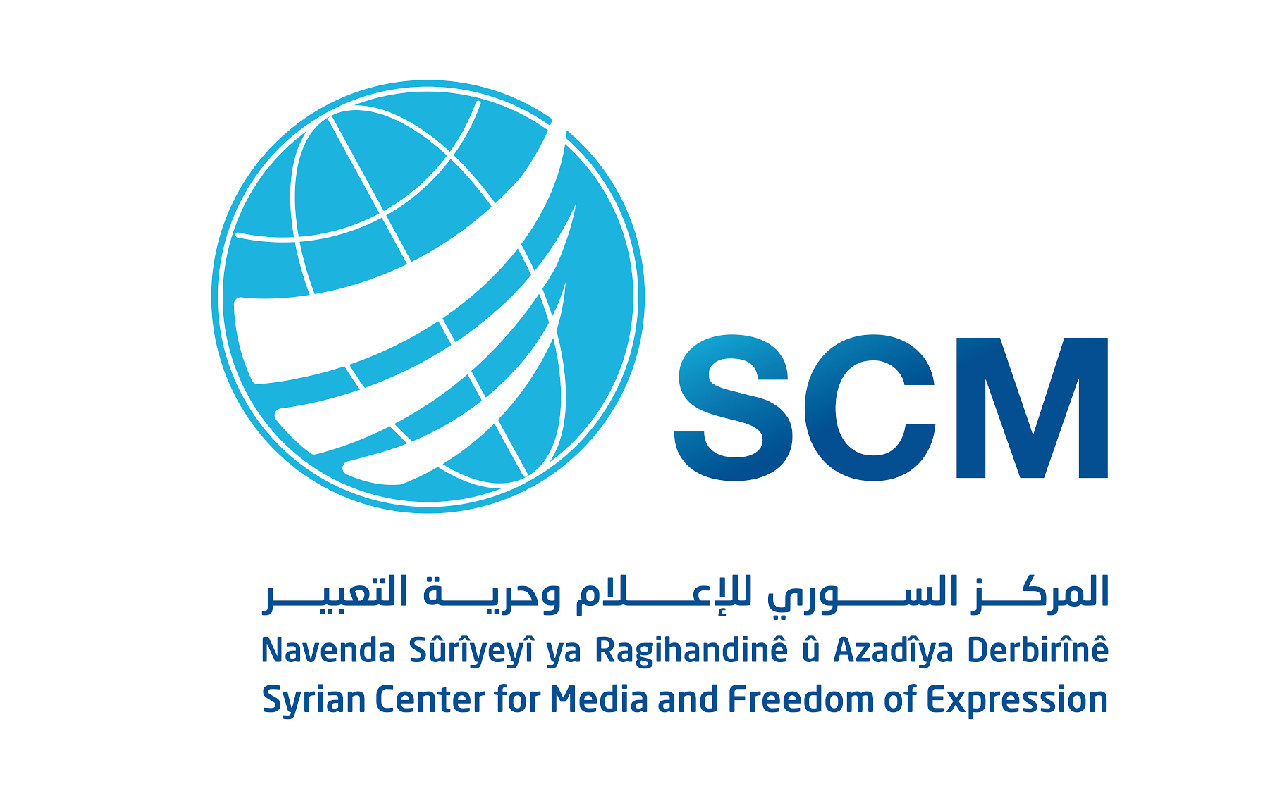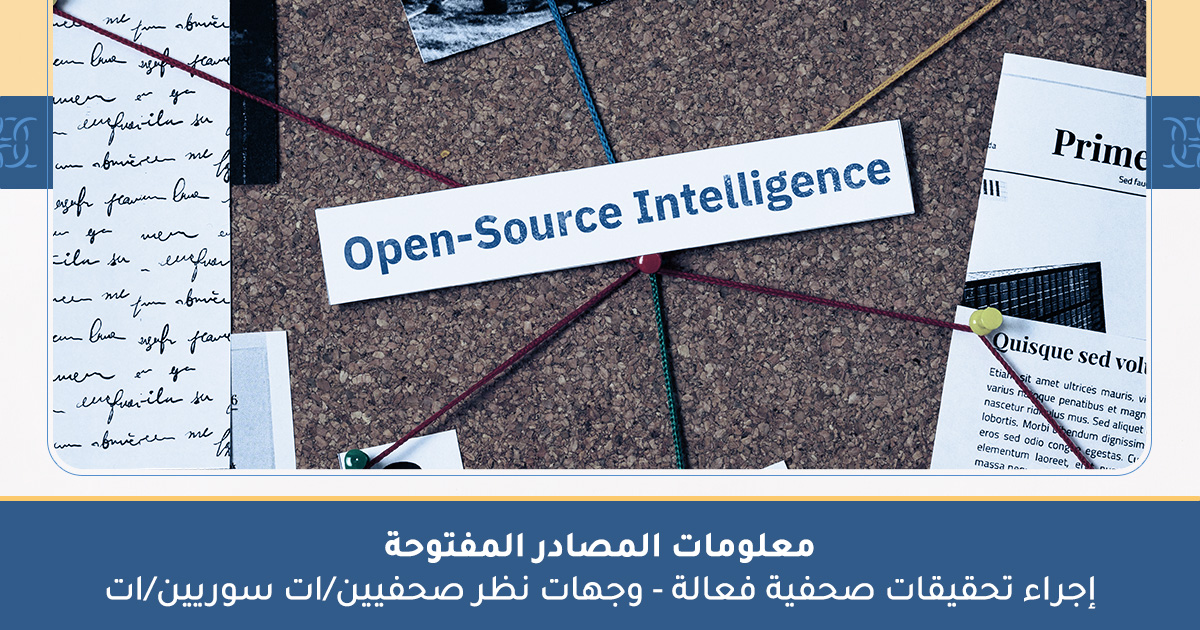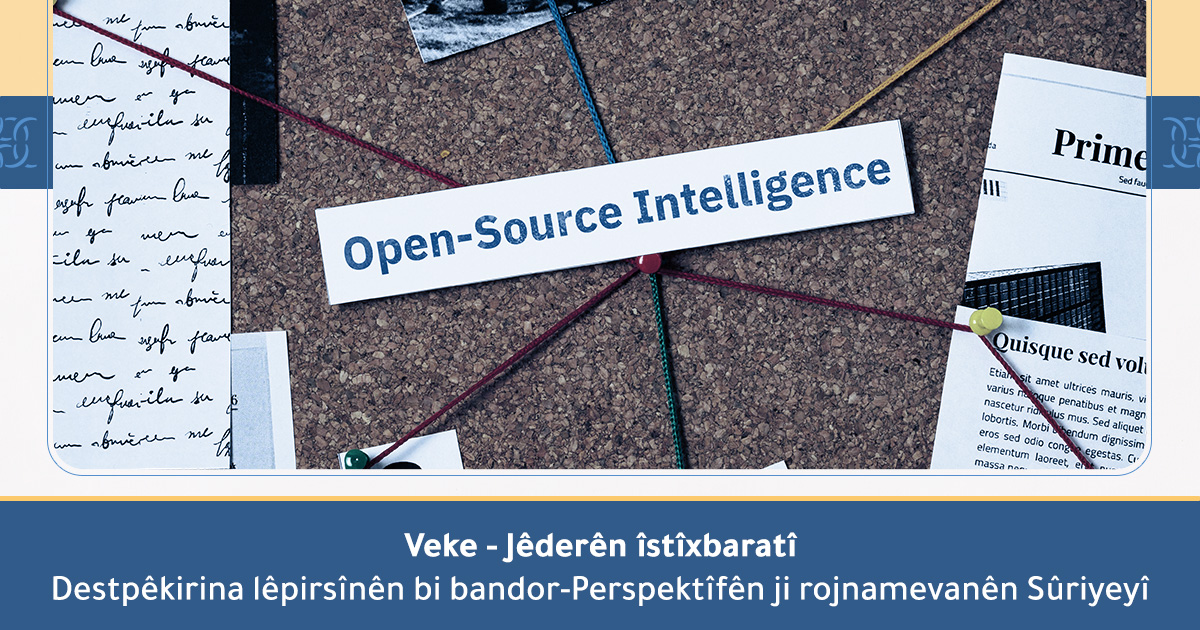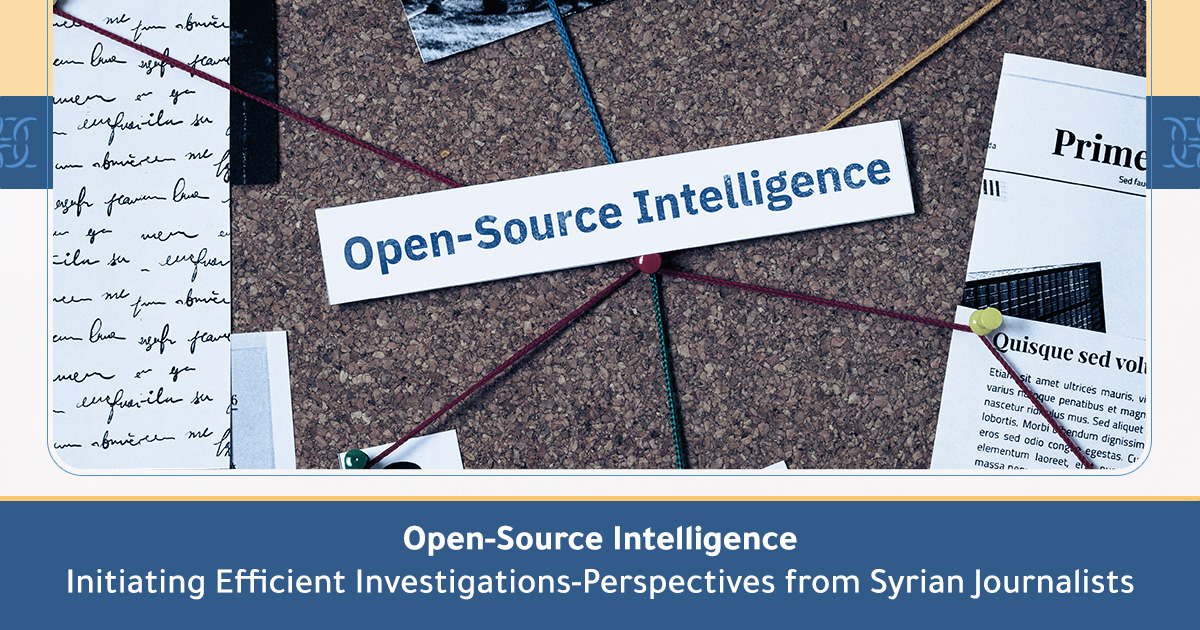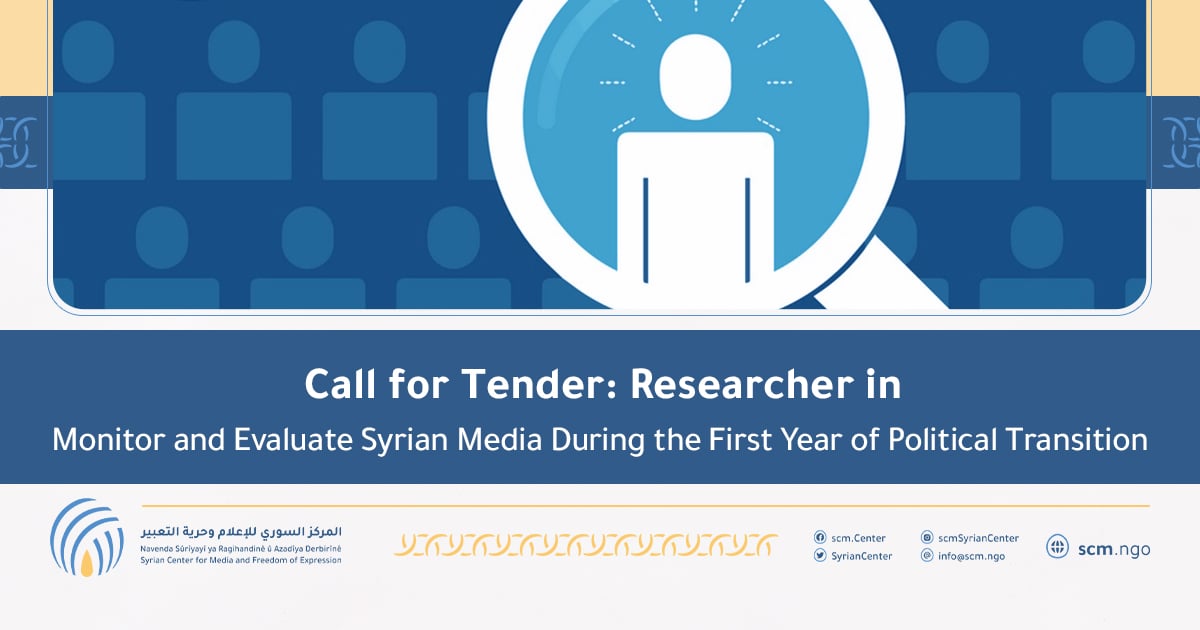The annual report of the Syrian Center for Media and Freedom of Expression (SCM) provides detailed documentation of violations against media professionals during 2019, including murders and deliberate targeting of journalists where excessive force was used regardless of the distinction and proportionality principles, and without any military or security justifications. The report also documents 93 violations against the right to life and physical integrity of media professionals, including physical violence and other means of violence or humiliation and degrading treatment of human dignity, cases of arrest, enforced disappearances and torture, raiding and tampering with the property of the media offices and homes of media professionals and confiscating their equipment.
The fact that the report covers only the 2019 violations does not mean it is not current or relevant. Some people believe that a decline or stop in military operations would in the future reduce the severity of violations of human rights and media rights in particular, but the reality completely contradicts this belief. The warring parties often focus their efforts on pursuing opponents in their areas of control, including those thought to be potential opponents. This was confirmed by a New York Times investigation last May that despite the decline in the intensity of battles in 2017, arrests in the regime-controlled areas increased by around 25% in 2018. This is also confirmed by the Syrian government behavior toward pro-regime media professionals, which is documented in this report.
The report is current and relevant also because the problem of freedom of expression and public freedoms in Syria is not just a temporary phenomenon or related to a specific regime. All parties to the Syrian conflict have practiced violations against the right to freedom of information and expression, which confirms that it is a problem rooted in the cultural, social and political structures of the Syrian society. The problem of freedom of expression is deeply rooted in social structures, even before the conflict, which raises challenges that must be addressed in the future by emphasizing that freedom of expression and information must be an absolute priority in any future legal system or constitution building processes.
The Syrian society’s need to establish freedom of expression and free and independent media is as urgent as its need for an independent judiciary, especially because both of them act as an effective force to combat law violations, abuse and corruption. This is extremely important in a society suffering from a “social and religious legacy” where the prolonged war and the domination of the military machine, as well as the previous decades of tyranny have pushed many people to return to the traditional societal structures (tribe, sect and family), and deepened the culture of violence and intolerance.
In addition to documenting varous violations, the report tries to scan the media situations in Syria by reviewing the most important events and developments in the media field in the three areas of control, taking into account the essential differences among them and the nature of the controlling powers and their affiliated institutions. As for the rights and freedoms, and in particular the right to the media and freedom of expression, which have been the core of the SCM work since its establishment, the report presented only the academic freedoms and their relationship with the freedom of expression, human rights and poverty, as a normative context for media teaching and the functional environment for the media mentioned in the report, while the media rights and freedoms were referred to previous SCM reports to avoid prolongation and repetition.
The report consists of two parts. The first is theoretical and captures the media situations in 2019 by tracking the most prominent media incidents and developments in the three areas of control in Syria. The government-controlled areas are the largest because they have more stable institutions and legislative structures compared to the opposition-controlled areas or Autonomous Administration.
The second part reviews the patterns of violations against media professionals and the report ends by some conclusions and recommendations from the SCM to the parties to the conflict in Syria, and to the international community and local and regional actors in order to protect and promote freedom of expression and freedom of information and incorporate them in any future reconciliation or transitional justice mechanisms.
